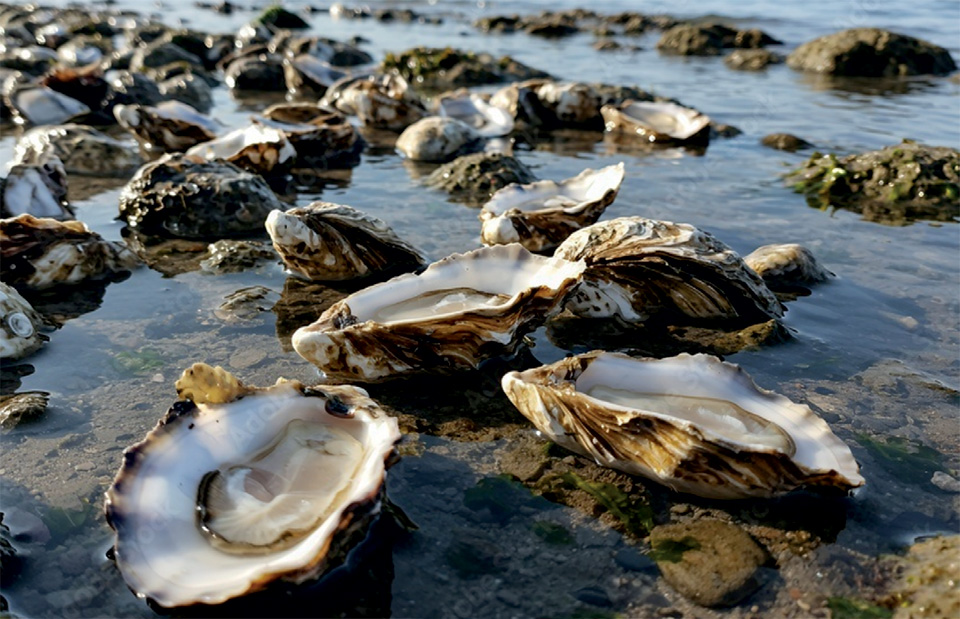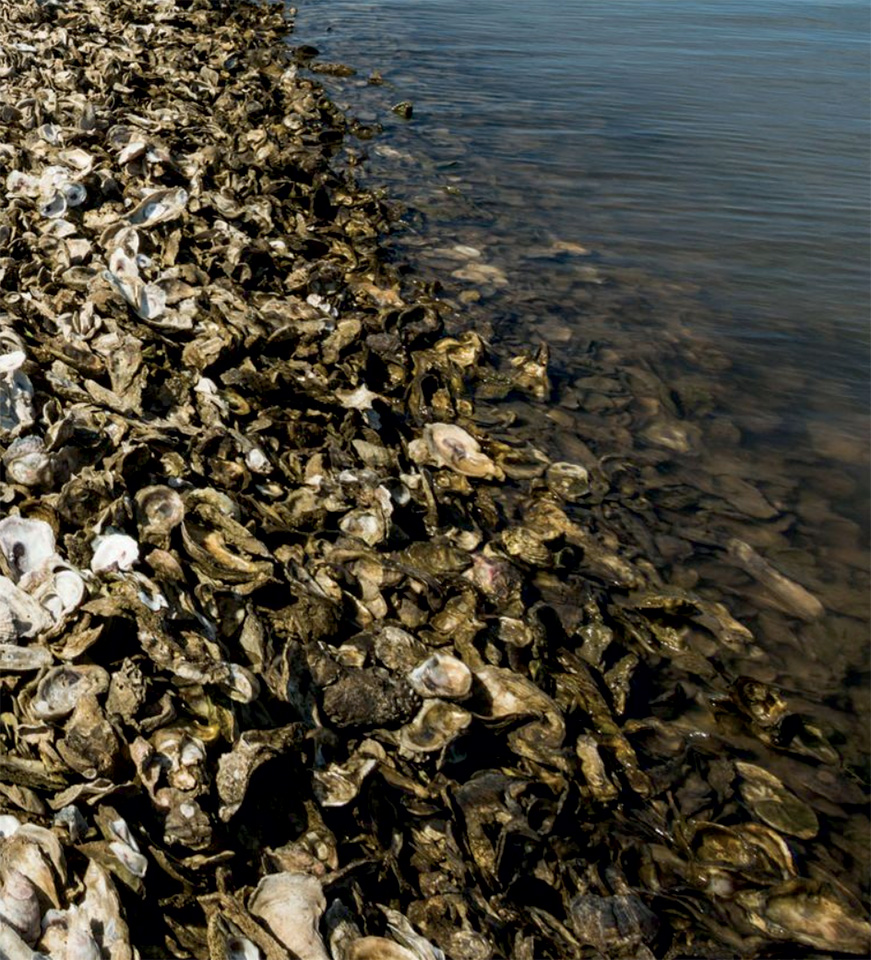By: Jackie Howell
Along Alabama’s Gulf Coast, oyster reefs are more than just shell piles under the surface — they are living structures that keep our bays and estuaries thriving. From Mobile Bay to the waters off Dauphin Island, these reefs quietly support some of the most productive and beloved fisheries in the state.
Oysters have long been a part of Alabama’s coastal heritage. Generations of fishers and families have harvested them for food, while the reefs themselves provided shelter for redfish, speckled trout, flounder, and countless other species. But over the past century, oyster populations in Mobile Bay have declined dramatically due to overharvesting, pollution, freshwater influxes, and hurricanes that smothered reefs with sediment. In fact, scientists estimate that more than 80% of Alabama’s natural oyster reefs have been lost.
Thankfully, recent restoration efforts are helping turn the tide. Across the Southeast, scientists and conservation groups are rebuilding oyster reefs using recycled shells, limestone, and other materials to provide hard surfaces where baby oysters, or “spat,” can attach and grow. These new reefs do much more than support oyster populations — they serve as bustling underwater neighborhoods for fish and invertebrates that anglers love to catch.
Studies have shown that restored oyster reefs can increase the abundance of species like redfish, speckled trout, and flounder by providing both food and refuge. The structure of the reef breaks up currents, creating calmer water zones where juvenile fish can feed safely. Crabs, shrimp, and small baitfish thrive among the shells, attracting larger predators. For anglers, these reefs are hotspots for action — and for the ecosystem, they are engines of biodiversity.
Beyond their role as habitat, oysters are natural water filters. A single adult oyster can filter up to 50 gallons of water a day, removing excess nutrients and sediment. This filtration improves water clarity and helps prevent harmful algal blooms, which can devastate seagrass beds and fish populations. Healthier water means better fishing — and cleaner coasts for everyone.
November is an ideal time to reflect on the connection between oysters and our fisheries. Many restoration projects ramp up after hurricane season, when conditions are stable enough for volunteers and scientists to rebuild reefs. Supporting these efforts — whether through local conservation groups, shell recycling programs, or simple awareness — helps ensure the future of the fisheries we depend on.
Oyster reefs may not grab headlines like trophy catches or record runs, but without them, the coastal ecosystem would lose one of its most vital players. So the next time you’re fishing near a shell bed or reef, take a moment to appreciate the unseen heroes below your boat — quietly filtering the water, sheltering your next catch, and keeping our coasts alive.

